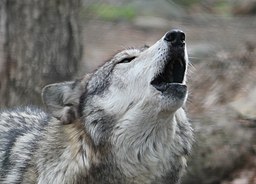Few animals cause as much controversy as the wolf.
Their rugged and savage beauty has inspired people throughout the world.
While they’re considered an apex carnivore, their grace in capturing their prey or how they hunt is undeniable.
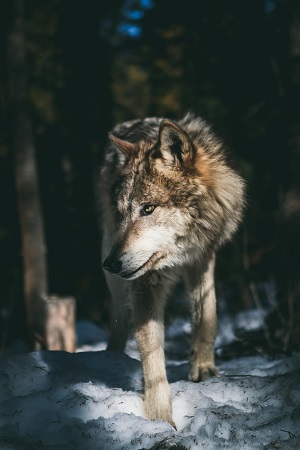
The wolf has captured imaginations for hundreds of years, however, they are not necessarily favorites of farmers.
While many people love wolves, their are many others that do not. This is especially true for some hunters, and even farmers, who may already be dealing with the damage that deer can do to crops.
Add in the occasional missing livestock animals and it’s easy to see why wolves may not be a farmer’s favorite animal.
However, it’s hard to deny that the wolf (or Canis lupus) has captured the world’s imagination for centuries.
As these wild creatures continue to roam the land, they’ll continue to keep us in awe for more to come.
Wolves have been the inspiration for artists and also prey to those who hunt them, and make up an essential part of the world’s ecology.
Species of Wolves
Depending on where you live, knowing what wolf species can be found in your area will help if you’re a hunter or a farmer.
Preparing yourself by knowing which species of wolf that may roam your area is essential for protecting your property or helping to thin the pack.
In addition to learning how big the various species of wolves get, you may also be wondering where do wolves live? This list will help you with that question as well.
A question often asked is… how big do wolves get? Well, it depends on the species. But, regardless of species, they all are impressive animals in the wild.
The Grey Wolf
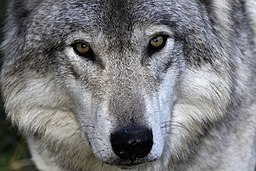
Grey wolf (photo: WikiMedia Commons)
If there’s a standard image for a wolf, then the Grey Wolf (or GRAY wolf) is what goes through many people’s minds.
Grey wolves are massive creatures. Adult grey wolves can stretch from four to six feet long and can weigh from as much as a medium-sized dog at forty pounds, to an impressive one-hundred seventy pounds.
Keep in mind that wolves over a hundred pounds are relatively rare, but it’s possible to see one if you’re in the right area. Grey wolves are found in North America and Eurasia.
And, while these animals are wild, the chances of them attacking you are extremely rare. No matter how Hollywood portrays them, they’d rather keep their distance from you.
The Timber Wolf
Timber Wolf is a general term for three subspecies (Canidae).
The Canidae family is large.
The timber wolf name makes up the Eastern Wolf, Northwestern Wolf, and the Northern Rocky Mountain Wolf.
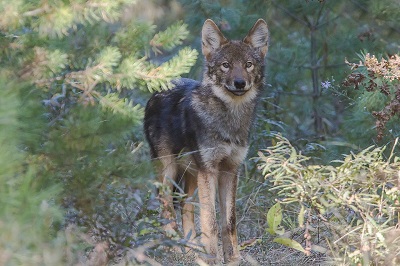
Eastern Wolf (Photo: Wikimedia Commons)
The Eastern wolf is usually found in the Great Lakes area of North America, particularly Wisconsin, Michigan, and Minnesota.
The Eastern wolf can also be found in Ontario, Canada.
These wolves range average around sixty-five pounds and around 32 inches in height.
Northwestern wolves can grow as hefty a one-hundred pounds and can reach an impressive length of five to six feet.
They are usually found in Alaska and Canada.
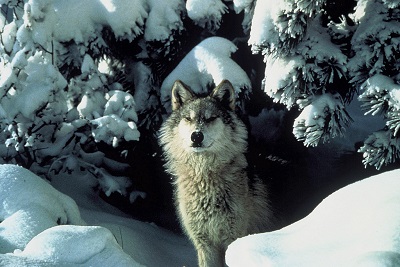
Northern Rocky Mountain wolf (photo: Wikemedia Commons)
The Northern Rocky Mountain wolf is approximately seventy to one-hundred-fifty pounds.
This species is usually found in the Rocky Mountain area of Wyoming, Montana, and Idaho.
While all Timber wolves have a similar appearance, body structure and coloring will set them apart.
The Red Wolf
The Red Wolf, also known as Canis lupus rufus, is a protected animal covered in the Endangered Species Act.
They will have a reddish tint to their fur.
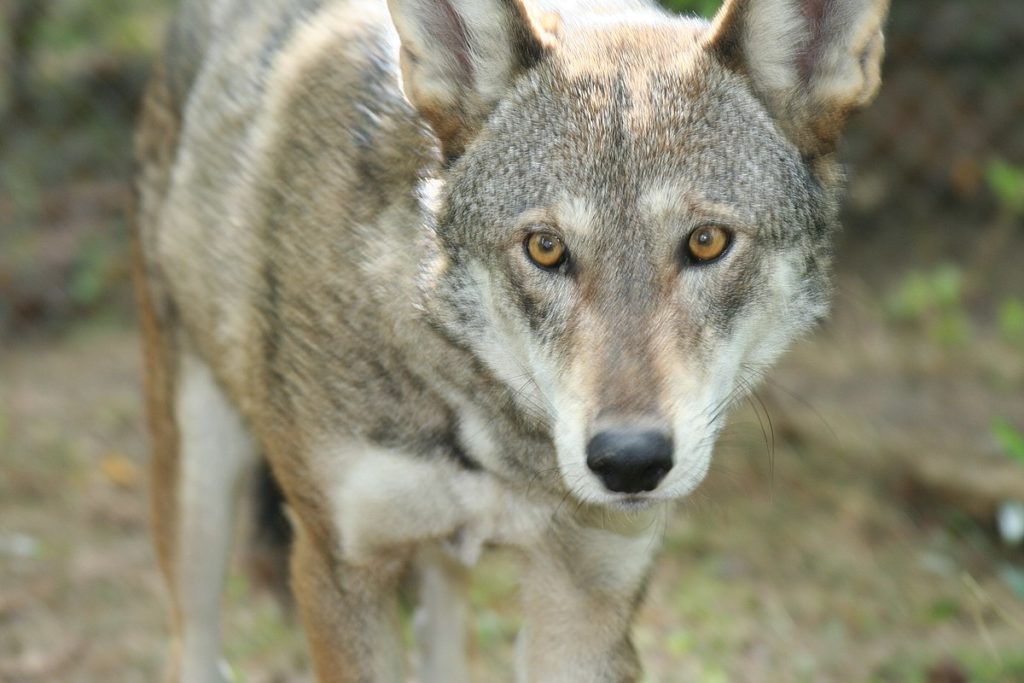
Red wolf (photo: WikeMedia Commons)
Their range is usually limited to Pennsylvania, North and South Carolina and has been seen as far south as Texas.
They are relatively small for a wolf at four feet long and forty to eighty pounds.
They stand about twenty-five inches tall.
The Arctic Wolf
This wolf, Canis lupus arctos, is a subspecies of grey wolf and is one of the enormous wolves around. It can reach five to six feet in length and weigh up to one-hundred sixty pounds.

Arctic wolf (photo: WikiMedia Commons)
The Arctic wolf lives in the North’s harsh climates like the Arctic Circle in Canada and parts of Greenland.
This area is helpful for the species as they’re rarely hunted and have little fear of humans. Fortunately, a wolf attack is still rare.
The Eurasian Wolf
These ferocious wolves are legendary in their size. They reach seventy to one-hundred seventy pounds and stand around thirty inches high. They also have a length of five to six feet.
Eurasian wolves are native to Europe and parts of the Soviet Union.
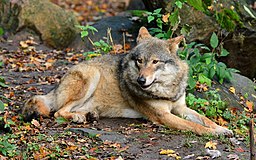
Eurasian wolf (photo: WikiMedia Commons)
Fortunately, they don’t interact with humans but are relatively resilient as they’re hunted heavily.
Their legendary status comes from their reputation that spans as far back as the medieval ages. In those times, an attack on humans was more common than today.
What do Wolves Eat?
Wolves are primarily carnivores (meat-eaters). They prefer to eat larger hoof-type animals like various types of deer, bison, elk, and moose.
Wolves will also hunt and eat smaller animals such as beavers, rabbits, and rodents. These smaller animals will supplement their average dietary needs. Wolves are also known to eat fish, but this isn’t common.
While meat is the main staple of a wolf’s diet, they have been known to eat berries as well. Still, the quantities are relatively small and not considered a dietary need.
Wolves have a large appetite and can eat up to twenty pounds of meat in a single meal.
While wolves can eat a lot, their eating habits can be feast or famine. So, if they find food, they’ll eat a lot of it. This gorging is especially helpful in sustaining them for the times when they can’t find much to eat.
While wolves are carnivores, they prefer to be as far from humans as possible. They travel in packs that can range for up to a dozen wolves. However, packs aren’t as tight as many would think. Wolves will leave an area if there are no resources and will only seek a new mate if their current one dies.
Wolves have long held a mystique to people around the globe. Their grace and savage beauty have earned them fear and respect, with many hunting them out of need or sport or working to save them.
Though wolves carry with them controversy, their resiliency in surviving in the modern world shows how strong they are and how far they’ve come.
They’ve capturing imaginations worldwide, and many religions around have held them in awe as well as honor.

